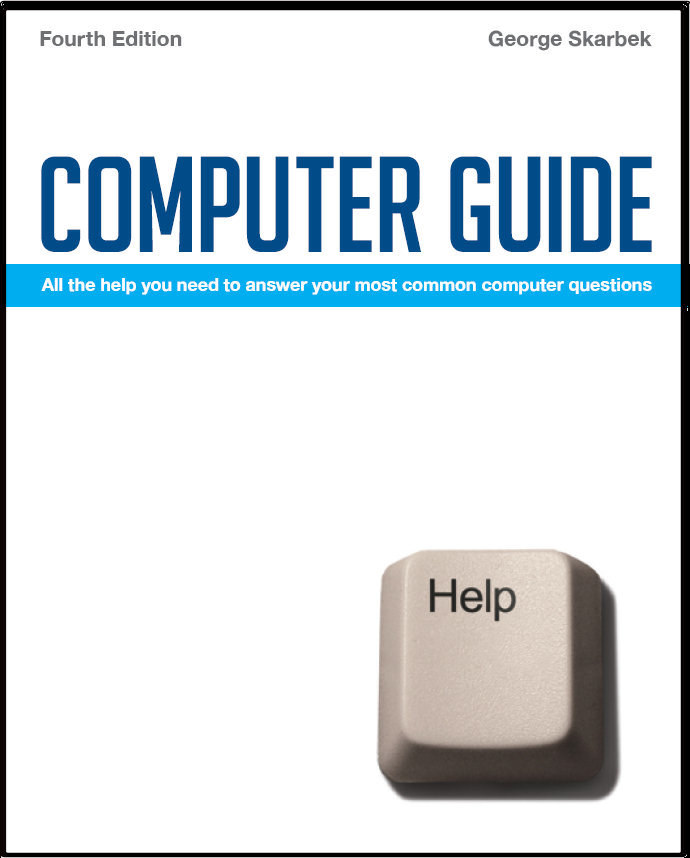

To look at the e-book in PDF format, Computer Guide, based on these columns click here
Batch conversion of photos Q: I have scanned photos from my many albums so that I can make some sort of presentation to give to my children to show there many changes over their lifetime. However I have finished up with about a 50/50 representation of TIF & JPEG. Being new to computers I don’t know how this occurred, as I wish to put them on a CD-RW for showing on TV the photos that remain TIF image will not show on the TV. Is there any program that will allow me to change the TIF images to JPEG or is there some other method that will allow me to make the changes. A: There are many programs that can achieve this and some are free. My recommendation is IrfanView. If you do not already have this then you can download this small but excellent program, from www.irfanview.com. For the batch conversion, from IrfanView click on File, Batch Conversion then select the TIF images and in the Output format select JPG. You can then set the options as to the level of compression / quality that you would like. Sorting deleted Outlook Express folder Q: Could you please advise me how to set my Outlook Express settings so that all deleted emails are stored by date order in the deleted folder? A: In order to see the received dates in Outlook Express click on View, Columns and tick the Received box plus any other that you may like to see such as Size. You have to set the view to show received dates then click on the word Received in the heading row to sort. Click it again to toggle the ascending / descending view. Recovering lost data Q: My son while working on his Univ assignments on a memory stick lost all the work. He is very adamant that he did not delete any of the work using any delete keys nor menus. Except for couple of unimportant files all the files have disappeared from the removable disc. Foolishly, he had not saved them on hard disc. He is extremely disappointed to the extent he says he is going to drop out of the uni as it is his few weeks hard work and assignments are due this week. Could you please suggest by e-mail at your earliest if there is any way we can retrieve these files from his memory disc. A: It is far more likely that there is a problem with that USB drive rather than that your son accidentally deleted these files. This is not uncommon as these devices are not as reliable as hard disks. The way to use them is to work on the hard drive and then copy them to the USB drive. With this method you always have a backup. The correct way to work is to create and edit the work on the hard disk and then copy to the USB. Working only on the USB is a high risk proposition as the USB drive can be lost or corrupted, and there is no backup.
|